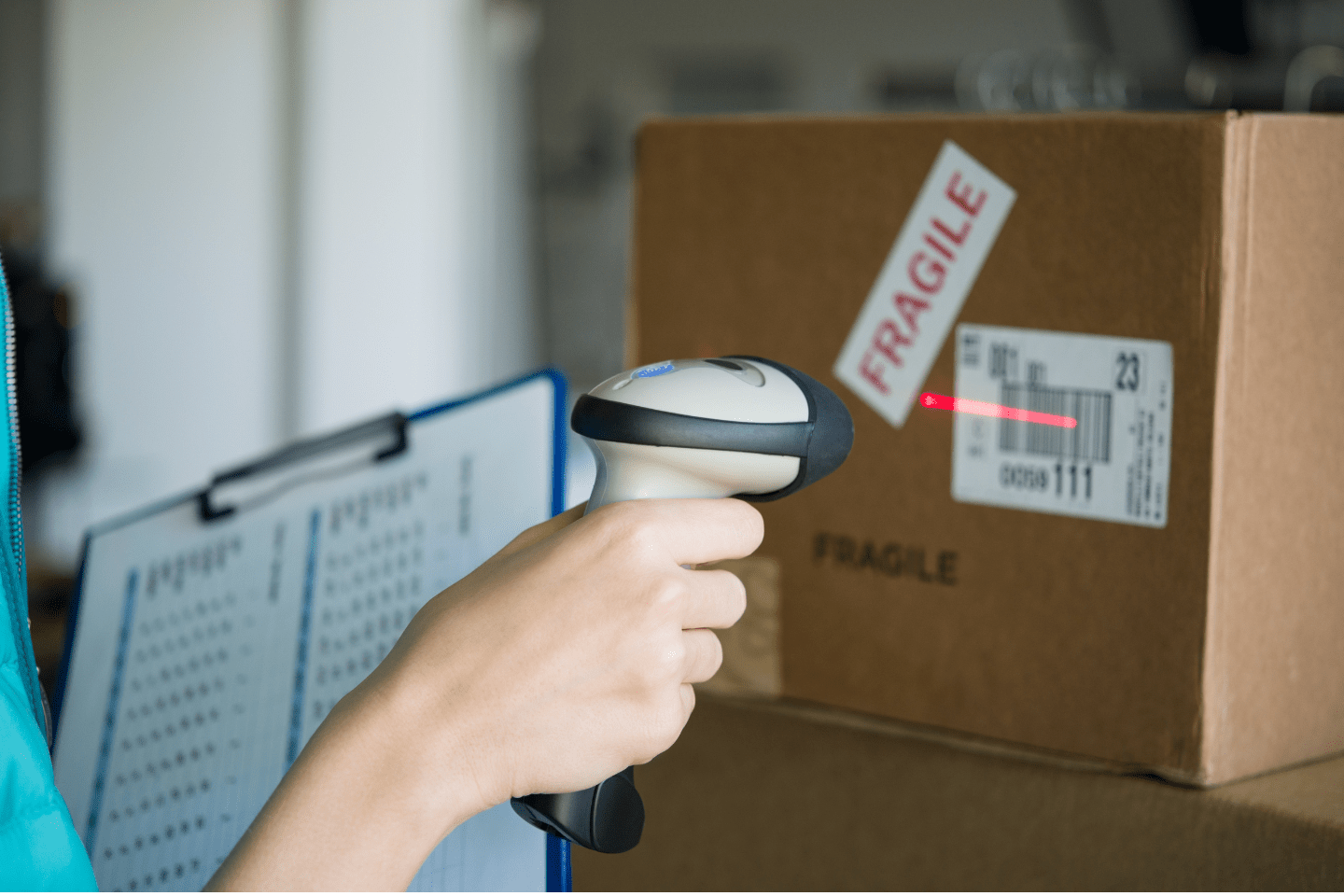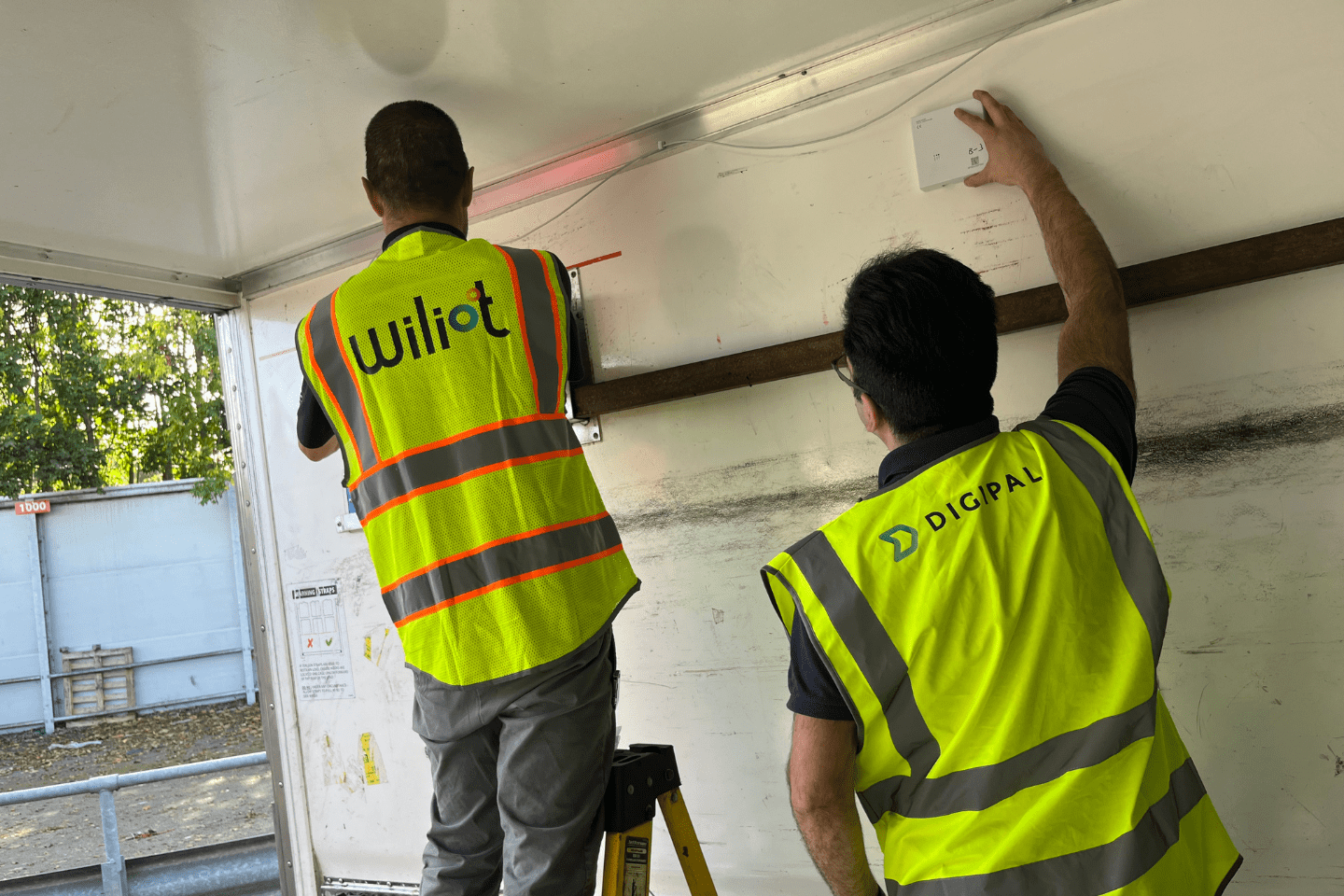In fact, 57% of efficiency improvements in companies come from better asset tracking practices, according to Gitnux’s Market Data report.
But before your business can reap the rewards of effective asset tracking, it’s important to lay the foundations for its success.

In this article, we explore what needs to be implemented to make asset tracking successful in your business, from choosing the right technology to training your team.
Determine what you need to track and why
Before you implement asset tracking, it’s important to understand what items you’re tracking and why.
These days, you can track more or less any item, from plastic pallets to food crates, boxes, roll cages and more.
We recommend identifying which of your assets are most important to your business, based on sensitivity, value, compliance requirements or dispensability within your business.
Choose the right asset tracking technology
Asset tracking can be hugely beneficial to your business and there are a variety of options to help you best match your requirements. Identifying what you want to track, and what data you want to access, should play a pivotal role in determining which system you choose.
Here are a few things to consider before choosing your asset tracking method:
- Compatibility – choose a solution that best suits the assets you want to track
- Ease – ensure the system is easy to use and introduce to your staff
- Reporting capabilities – ensure the system you choose is able to provide the level of reporting you require
- Cost – consider the initial investment and recurrent expenses
Remember: Despite the initial costs, rolling out asset tracking across your supply chain saves you money – whether through minimising product loss, simplifying expensive processes or allowing for informed business decisions.

So what options are available?
- Barcode tracking
Simple and cost-effective solution, suitable for lower-demand SMEs, startups and businesses requiring item inspection.
- RFID (Radio-Frequency Identification)
Two-part system consisting of tags and readers, suitable for high-demand SMEs and businesses with large warehouses.
- Bluetooth
Efficient, fast and cost-effective system for SMEs favouring automated processes and businesses with a wide variety of stock.
Maintain the system
While it does speed up and streamline processes, you can’t just leave it to work its magic! Human input is required to help it perform at its best.
Here’s how you can sustain the success of your asset tracking:

- Train your team
When implementing asset tracking technology, it’s important to bring your team along with you in order to increase efficiency and make their jobs easier.
Once your team understand the system, ask them how they are finding it and invite them to share any problems or gaps in its efficiency.
- Track, track, track
There are so many metrics you could track – it’s all about identifying which ones are important to your business.
You can collect location data, reduce dwell time and monitor the condition of your assets, such as temperature or wear and tear.
This data can then be used to improve your processes.
Reap its benefits
When you track your assets, make the most of the data! Here’s a breakdown of how you can leverage the benefits of asset tracking and improve your processes long-term, based on your findings.
- Plan better
Analysing your asset tracking data can help you optimise the schedules you create for your teams. Knowing where your products are, where they’re headed and when they are due to reach their destination allows you to plan months ahead.
- Make informed decisions
In business, important decisions can sometimes be based on generalisations or current trends. But asset tracking allows you to make informed decisions on asset management and utilisation, forecast demand and anticipate potential problems and opportunities.
- Respond faster
Having a sturdy asset tracking system in place allows you to respond to issues faster when they arise. It can also help you identify and react to trends within your data, allowing you to adjust your operations accordingly.
Track your assets with Digipal
There are many asset tracking options on the market, so what makes Digipal’s solution stand out from the rest?
Our innovative DigiPortal system is a cost-effective, comprehensive and holistic asset tracking platform.
Not only suitable for our Digipal Plastic Pallets, our DigiPortal technology can be used to track your own items, from dolav boxes to roll cages, food crates and even vehicles.
The DigiPortal uses a combination of barcode, RFID and Bluetooth tracking, along with Wi-Fi, Sigfox, Cellular, Cat-M and NB-IoT to provide the most precise and accurate data.
It works by funnelling and decrypting data and turning it into meaningful insights. These insights allow our customers to make smart decisions that improve their supply chain.
Not only that, but the dashboard is totally customisable to meet your specific needs and scalability is virtually unlimited – we track over 40,000 assets in the UK, with losses and bottlenecks eliminated from the fleet.
Access our comprehensive guide on the benefits of asset tracking and our helpful asset tracking FAQs article for more details.